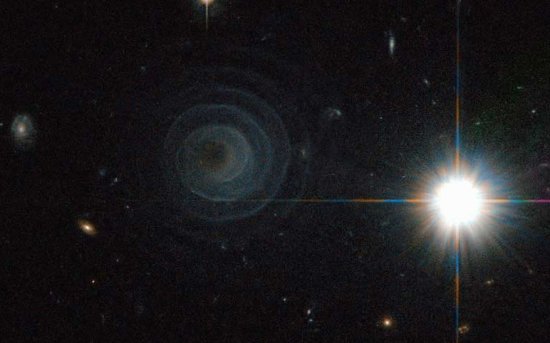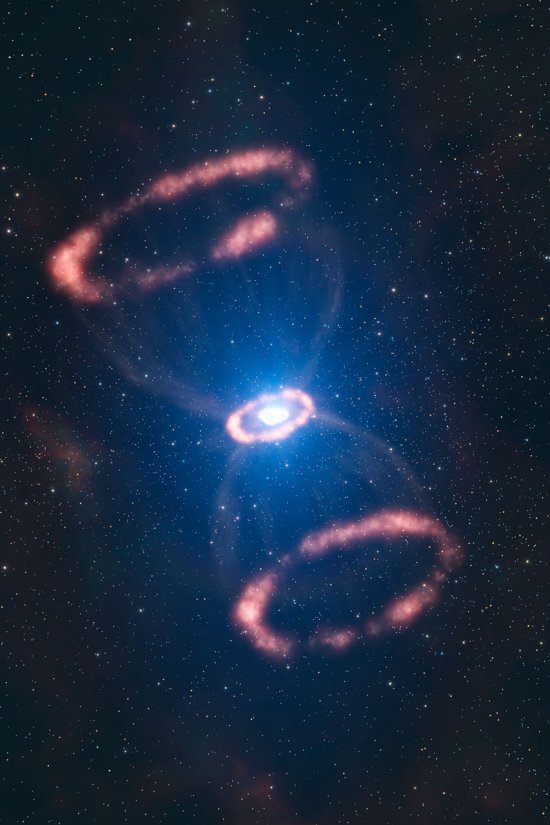The variability of stars according to Kepler
More data from Kepler! In a paper [pdf] published today on the astro-ph website, scientists outline Kepler’s census of the variability of stars. Key quote from the abstract:
We have separated the sample in 129,000 dwarfs and 17,000 giants, and further sub-divided, the luminosity classes into temperature bins corresponding approximately to the spectral classes A, F, G, K, and M. G-dwarfs are found to be the most stable with < 20% being variable. The variability fraction increases to 30% for the K dwarfs, 40% for the M and F dwarfs, and 70% for the A-dwarfs. At the precision of Kepler, > 95% of K and G giants are variable.
More data from Kepler! In a paper [pdf] published today on the astro-ph website, scientists outline Kepler’s census of the variability of stars. Key quote from the abstract:
We have separated the sample in 129,000 dwarfs and 17,000 giants, and further sub-divided, the luminosity classes into temperature bins corresponding approximately to the spectral classes A, F, G, K, and M. G-dwarfs are found to be the most stable with < 20% being variable. The variability fraction increases to 30% for the K dwarfs, 40% for the M and F dwarfs, and 70% for the A-dwarfs. At the precision of Kepler, > 95% of K and G giants are variable.



